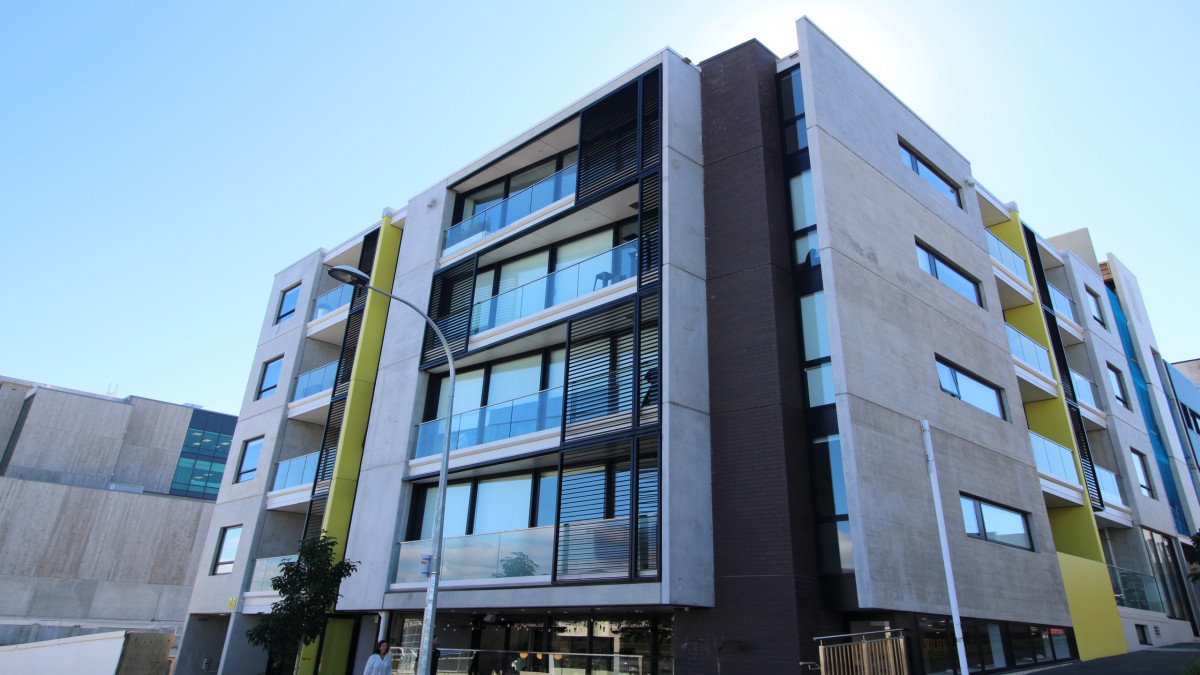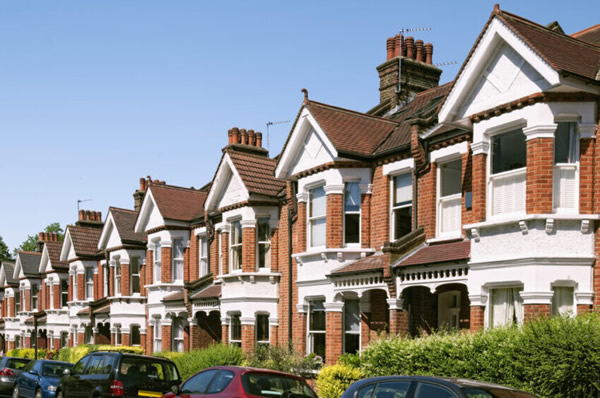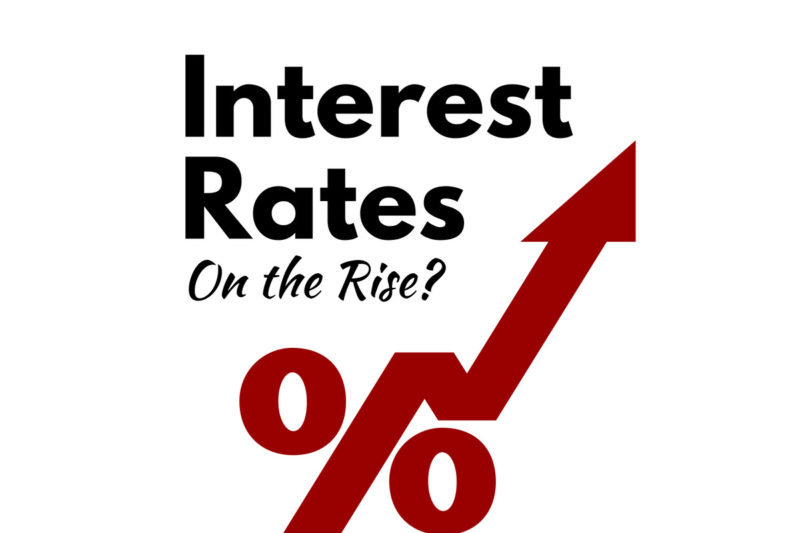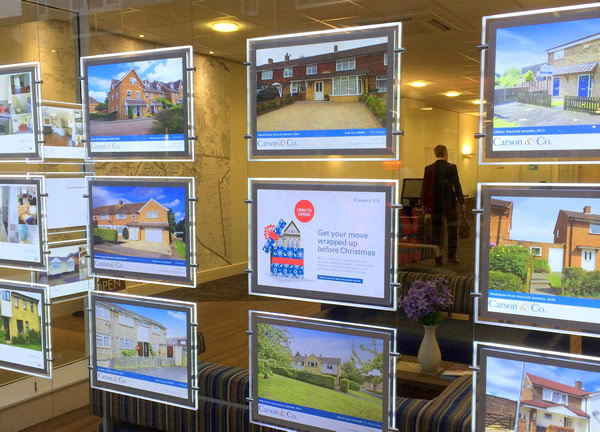Credas Technologies, the anti-money laundering technology platform, has revealed when property industry professionals should be at high alert for potential money laundering threats during the property transaction process.
Since the devastating tragedy of the Grenfell tower fire in 2017, cladding issues have been highlighted across thousands of properties in the UK. An investigation of the fire that took the lives of 72 people and had devastating effects on the lives of thousands of others, has shown that the materials used for the cladding were the ‘primary cause’ of the rapid fire spread.
Annual house price growth slowed modestly to 12.1% in April, down from 14.3% in March – nevertheless, this is the 11th time in the past 12 months that the annual growth rate has been in double digits.
- Bank of England raises UK interest rates from 0.75% to 1% to combat inflation
- MPC, led by Andrew Bailey, upped forecasts for peak inflation to 10%
Future homebuyers will see their prospective property bills reduce in just over two months, when the government’s ban on charging ground rent on new leases in England and Wales comes into force.
Winkworth has told its shareholders that the rental market is to boom – a lot.
- Average Rental Prices Revealed by Rightmove
- Landlord Purchases In Q1 2022, Highest In Six Years
- Off-Plan Sales Predicted To HIT Record Highs
- Government Must Address Shortfall In New Homes
- House Prices at Highest Level Since 2007 as Market Maintains Momentum
- Lack Of Properties For Sale
- Gazumping, would you make it Illegal?
- Buying off Plan is on the Increase








